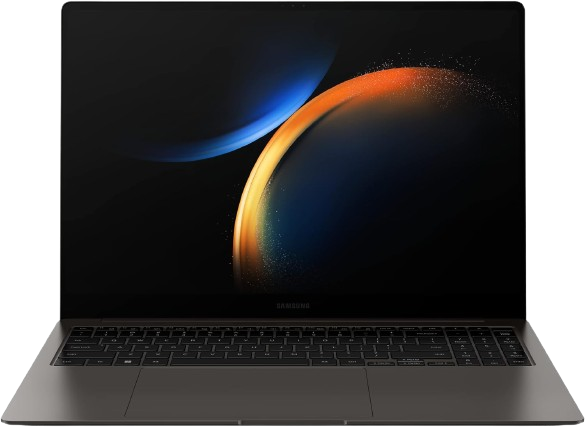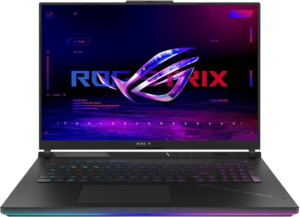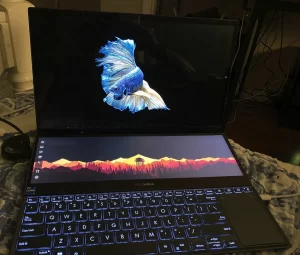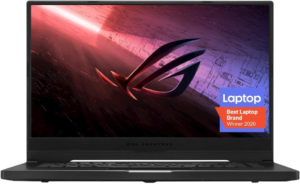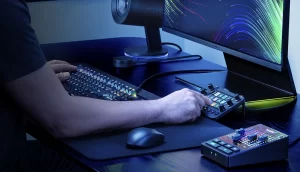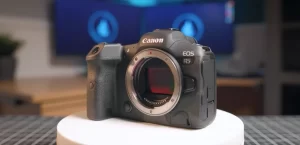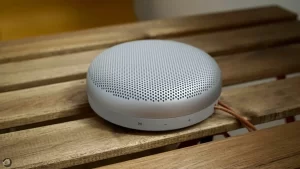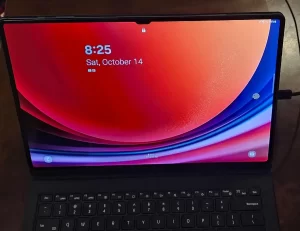Unlocking the Secrets: Maximize SAMSUNG Galaxy Book3 Performance
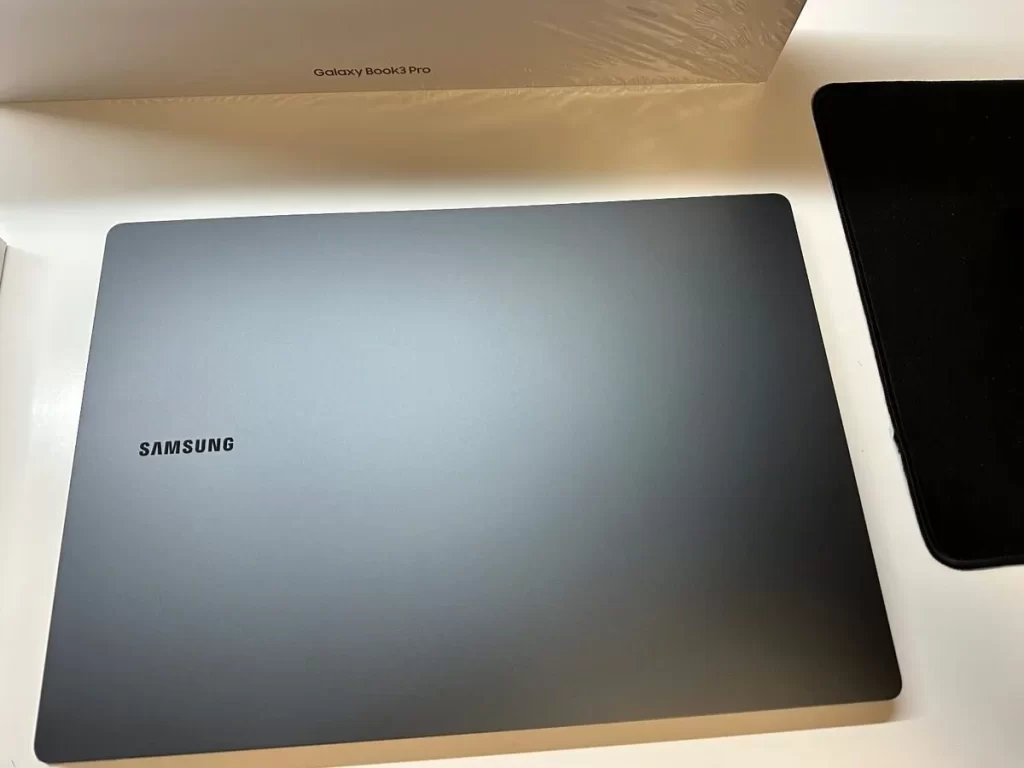
The speed and quiet operation stood out to me. The touchpad worked flawlessly, and with my typical workload and software running, I easily got 11 hours of battery life, though I think you could realistically push it closer to the advertised 16 hours some reviewers mentioned. The efficiency of the i7-1360p processor is truly remarkable.
The screen is decent, though the pixels per inch aren’t exceptional. However, the 120hz refresh rate on the AMOLED screen is cutting-edge.
In terms of size, it’s quite large. Unfortunately, some of that space is taken up by a numpad that I’ve never found a use for. The large lip under the screen adds to the width, but despite its size, it’s exceptionally lightweight.
Out of the box, it came with Windows 10 Home, which feels a bit outdated. For those considering a clean Windows install, I ran into some issues that Samsung customer service couldn’t quite handle. I found a workaround involving bypassing the initial setup’s Wi-Fi connection prompt and then manually installing the necessary drivers from Intel’s website.
Performance-wise, it delivered. In Cinebench R23, I managed to score 10990 points for multi-core and 1831 points for single-core tasks. And even with my usual browsing workload at a balanced setting and 120hz refresh rate, I still got a solid 11 hours of battery life.
If you’re considering using it with an external monitor, I found that a Thunderbolt to DisplayPort cable worked wonders, easily achieving a resolution of 5120×1440 at 240hz. Any Thunderbolt 4 cable should do the trick.
